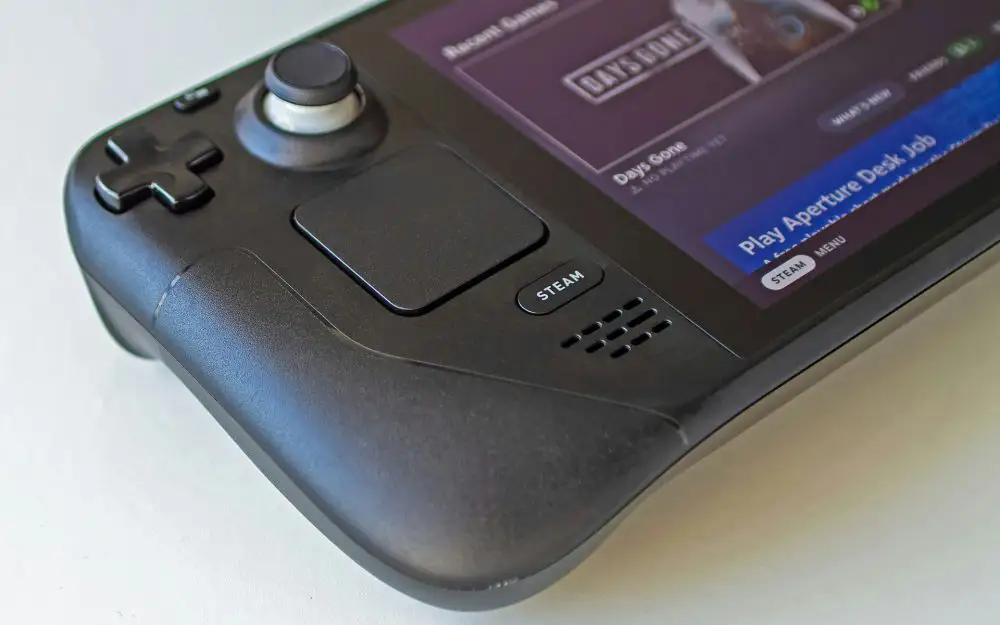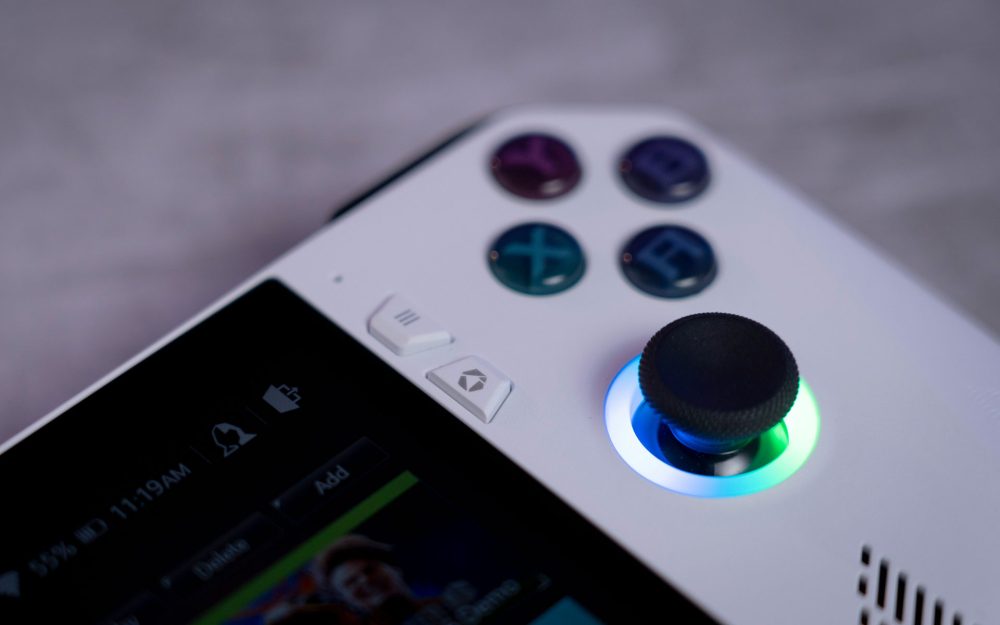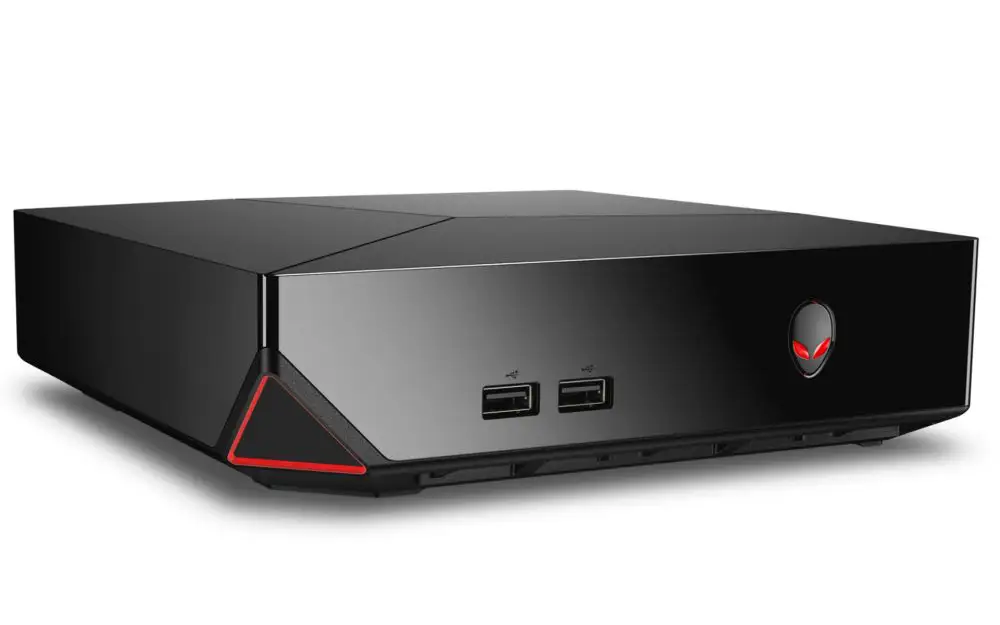The new SteamOS plays nice with competing handhelds
Valve’s operating system for the Steam Deck now a better gaming option than Windows for even more devices
KOSTAS FARKONAS
PublishED: May 22, 2025

After what felt like an especially prolonged beta period – probably because of the unusually high anticipation for this particular update – Valve just released SteamOS 3.7.8 to the general public. Don’t let those decimals fool you, though: this is as important a milestone as one can ask for when it comes to Linux taking over Windows as a gaming operating system. The reason? This is the first SteamOS version officially, properly supporting handheld PCs other than the Steam Deck itself, which makes this the first step towards bringing Valve’s excellent gaming operating system to all personal computers. At some point.
In practice, this means that 3.7.8 is the first SteamOS version offered in a form that can be fully, safely installed on a Lenovo Legion Go S, an Asus ROG Ally or an original Lenovo Legion Go (recovery image) in the same way it can on a Steam Deck. Valve has published a full set of instructions on to do just that right here.
The reason why this is important is two-fold: first, it allows for an arguably better user experience than the one currently offered by Windows 11, which is the OS all three of the non-Valve aforementioned handhelds ship with. Second, this is the official SteamOS, not an unofficial third-party option like Bazzite (although that serves as an excellent alternative on non-AMD hardware), so every device supporting it will be getting Valve’s new features and fixes when the Steam Deck does.

For people already using a Steam Deck this also happens to be one of the most impressive updates Valve has offered to date. It comes with a new Linux kernel, a new Mesa graphics driver and the Plasma 6.2.5 graphics user interface for Desktop Mode operation. It brings support for frame limiting in VRR (for internal and external displays), for battery charge limiting as well as for the Proteus Byowave controller. It also makes a number of improvements in system responsiveness and compatibility while fixing bugs and various issues relating to controllers and sound.
One other important thing that’s been rumored for more than a year now regarding SteamOS (and it’s now pretty much confirmed by Valve itself through its updated FAQ for it) is this: the company’s operating system is coming to even more PCs in the future, not just specific handhelds, if “officially licensed Powered by SteamOS devices” means what everyone expects it to mean. For that to happen – that is, to have the official SteamOS run on full desktop PCs or most laptops – Valve’s operating system will obviously have to work well with Intel processors and nVidia GPUs too, which is something the company has been working on in silence over the last year or so.

As of yet, nobody seems to know for sure when an official version of SteamOS capable of running on pretty much any PC hardware will become available to consumers. Contrary to what many were hoping at the beginning of the year, it seems that 3.8 – expected to be released within the next few months – won’t be that version after all, mainly due to nVidia’s Linux official GPU drivers not being mature enough yet.
SteamOS 4.0 is a nice, round number to mark the advent of a free operating system finally capable of replacing Windows when it comes to gaming, though – so here’s hope that the year marking the end of support for Windows 10 also marks the year of Linux becoming a viable alternative for millions of PCs worldwide. That would be one happy coincidence, no?


















